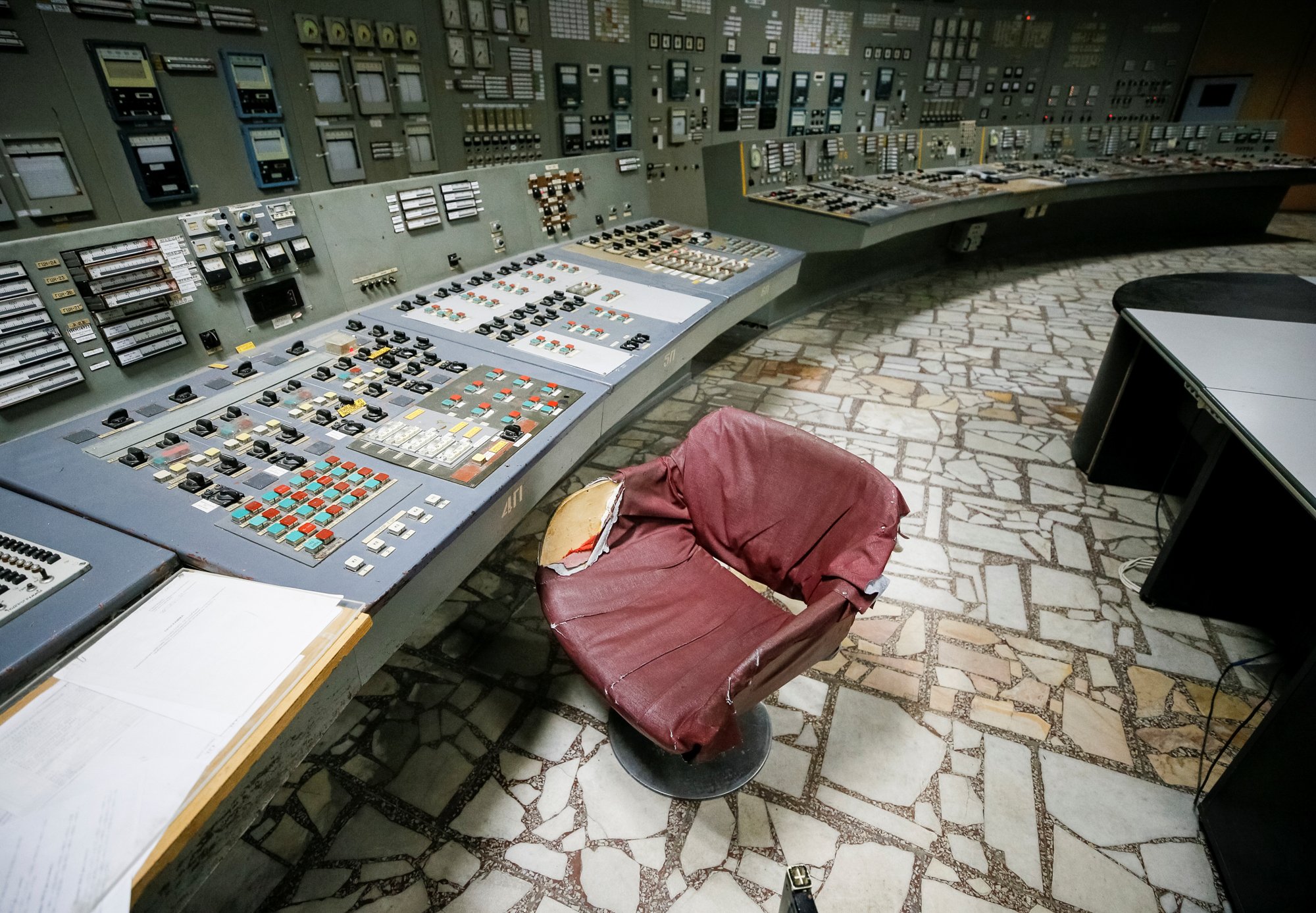- The Chernobyl nuclear power plant was the site of one of the worst nuclear disasters in history.
- As many as 150,000 people in the area were permanently relocated, and an estimated 4,000 clean-up workers got radiation poisoning.
- Experts say that more than 70,000 people experienced severe poisoning from the accident on April 26, 1986.
On April 26, 1986, a radioactive release many times as large as the that of the Hiroshima bomb occurred at the Chernobyl nuclear power plant in the Soviet Union.
Chernobyl would go down in history as one of the worst nuclear disasters.
The explosion at the plant in Pripyat, Ukraine, blasted radioactive gas and dust into the air, and winds carried it across central and southern Europe. More than 30 people died, and thousands of lives have been affected by the exposure to radiation.
About 150,000 people were forced to evacuate their homes in the “nuclear exclusion zone” within an 18-mile radius of the plant. The town hardest hit was Pripyat, which remains empty.
In 2012, construction began on the New Safe Confinement, a structure to cover part of Chernobyl.
Here are 19 photos that go inside the eerie Chernobyl plant and the New Safe Confinement.
The cause of the explosion at Chernobyl was twofold. The first major issue was that the power station had faulty construction and what the physicist and Nobel laureate Hans Bethe has called "built-in instability."

Source: PBS Frontline
At the time of the accident, the power station had four 1,000-megawatt power reactors, and a fifth was in the works.

One issue was the reactor's containment structure. Built entirely with concrete, it should have been reinforced with steel.
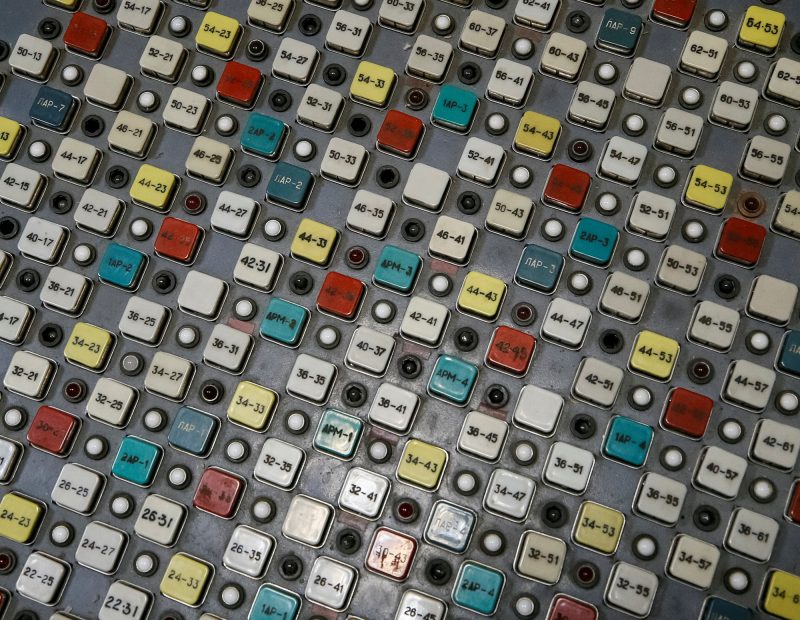
The more direct cause of the explosion was an electrical-engineering experiment gone extremely awry.

Engineers wanted to see whether they could draw electricity from turbine generators while the reactors were turned off, but the turbines were still spinning.

To conduct their experiment, they had to turn off many of the power station's automatic safety controls and remove most of the plant's control rods, which absorb neutrons and limit the reaction.

In a crunch for time, the engineers turned the reactor's power levels down much too quickly.
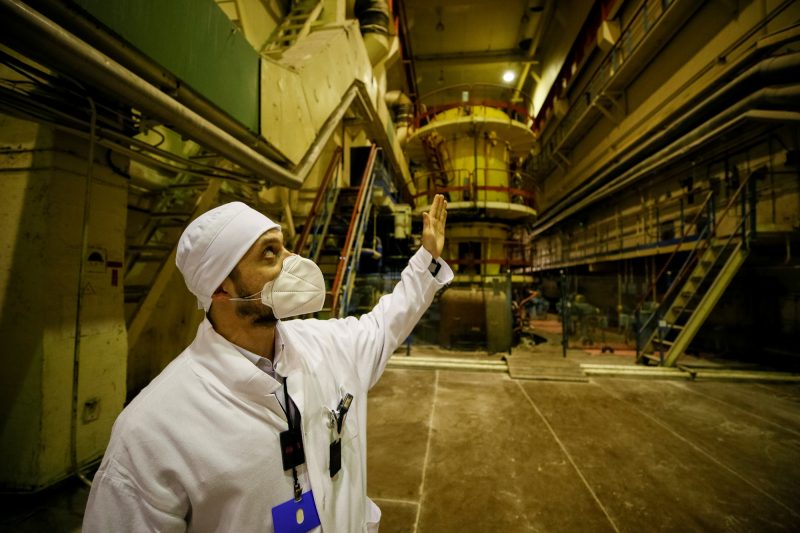
That mistake led to another series of destructive choices, eventually leading to a massive chemical explosion.

Pieces of burning metal went in the air, and some caused fires where they landed. Because of the poisonous radiation, the Chernobyl site was designated a permanent no-go.

Here's the original control center of the third reactor at the nuclear power plant.

To enter the city today, visitors must go through security checks and have proper authorization and a tour guide.

Radioactive water, ground soil, and air still affect those around the "nuclear exclusion zone."
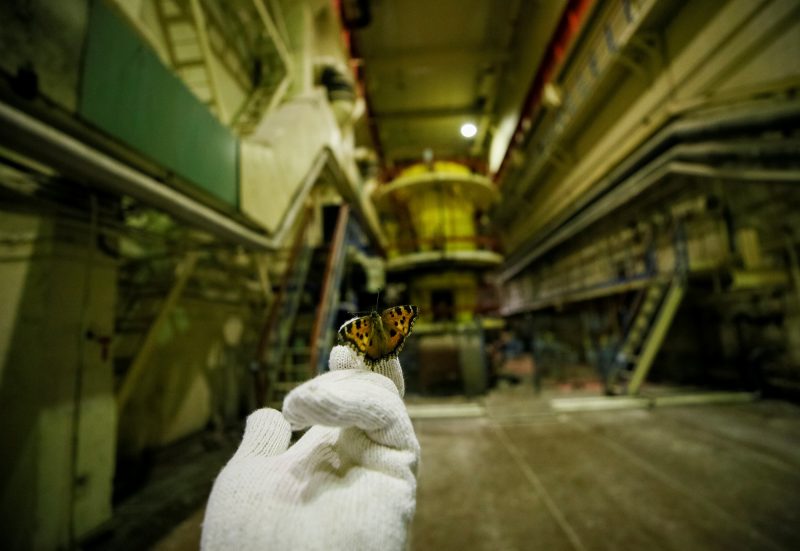
Greenpeace has estimated that tens of thousands people could die of health issues caused by the accident at Chernobyl.

Source: Greenpeace
Construction began on the New Safe Confinement structure over part of the damaged reactor in 2012. It has a computerized ventilation system inside.

Source: Greenpeace
Here, workers sweep radioactive dust outside the nuclear plant.

Though humans can't live in the area, scientists say it's possible that the number of animals there is now higher than it was 30 years ago. Today, you can find elk, deer, wolves, bison, and dozens of other species near Chernobyl.

Source: Business Insider
Workers arrive at the NSC by bus.
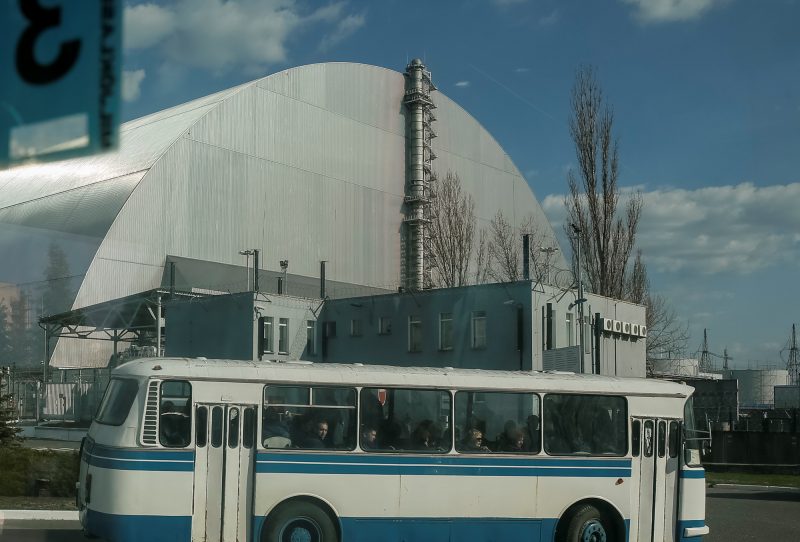
Water tankers spray nearby roads to prevent radioactive dust from blowing away.

There are plans to demolish the remaining parts of the interior sarcophagus and the damaged reactor unit.

Source: Greenpeace

